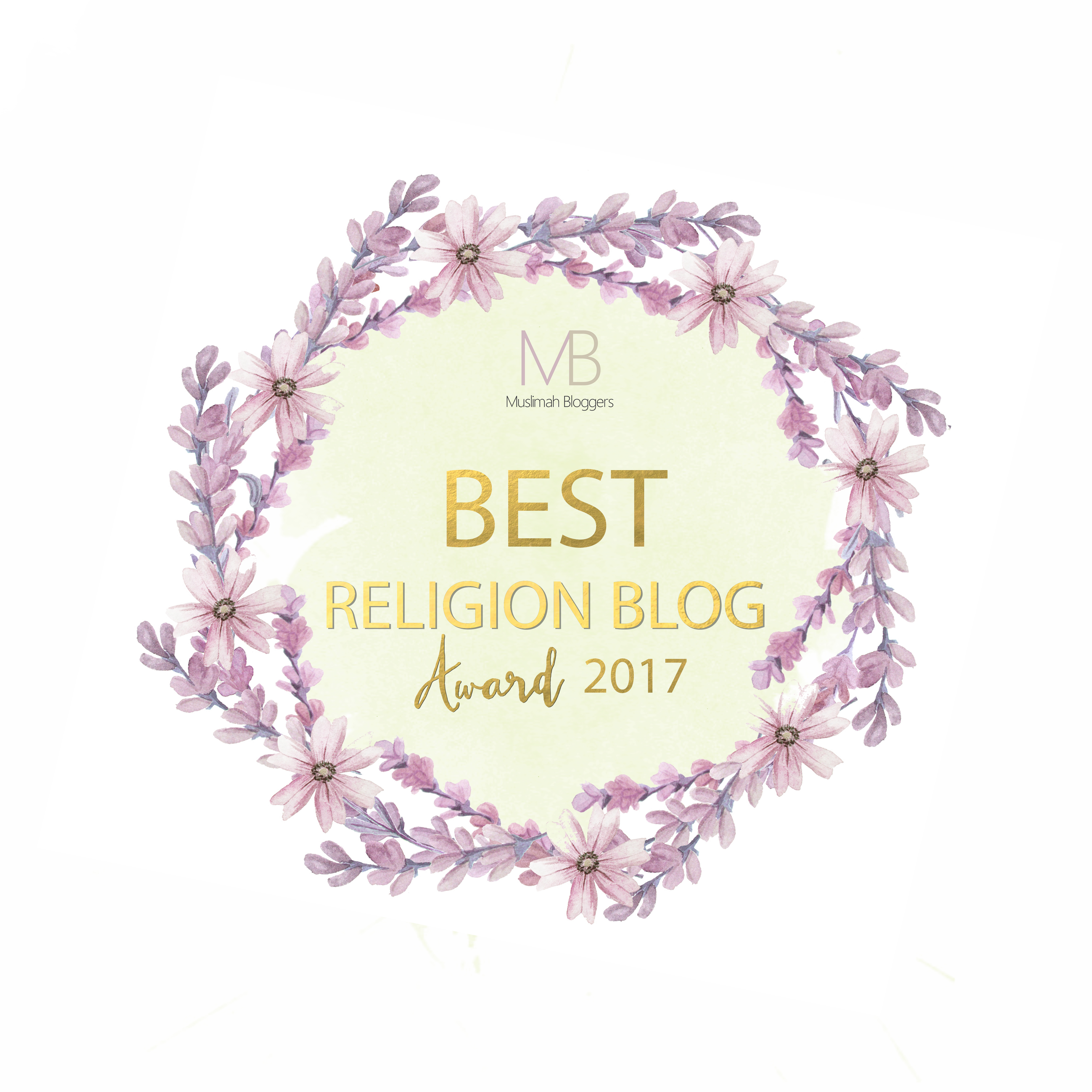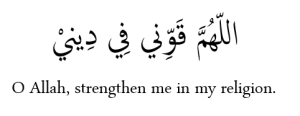This post is a dedication for all the amazing women doing SO much out there. My heart is brimming with love for the sake of Allah for them, making me feel so active and helping me take steps closer to Allah; inspiring me that no matter what, I can do all that I aspire for. Actually there are many more women out there whom I haven’t mentioned as well. 🙂 *My Special prayers for them!*
Don’t let any excuse come in the way of your relationship with the Qur’an 🙂
Nope, not motherhood, not grandmotherhood, not studentship or office workership. Nothing. The Qur’an requires its time and place in each of our lives. Every single day (bi ithnillah <3)
I don’t even know some of these ladies personally SubhanAllah, Perhaps such is the Love in the shade of Allah SWT!. To name a few, here are some-
LOOOOVED this Qur’an journal-ling idea I found from Gilded_Dunya’s page, linked to Iman Illustrated. Why do we take notes so tiny, and fit all that information in a page, such that we don’t even look at it again.
I am enjoying writing my reflections and lessons as I go about learning Alhamdulillah, And I even want to keep looking at the pages (makes such an awesome revision of thoughts!)

Learning Qur’an is a therapy for the soul. Qur’an Journal-ing is a therapy for the mind.
The time it takes to do this, helps me internalize the verse and also acts soooooo therapeutic for this chaotic mind. :’) Perfect for my me-times.
AND then Madiyah Rana‘s AWESOOMEE Learning idea (which I am yet to try, but I lovvvveee)-
“It’s known as ‘Rasm.’ I actually thought he meant ‘Rasm’ meaning, tradition or ceremony (in the Desi culture lol) However, in Arabic, the word Rasm means to draw or sketch. It’s also used in a famous Arabic proverb where it is reported:
الحفظ في الصغر كالنقش على الحجر والحفظ في الكبر كالرسم على الماء
““Memorizing something in youth is like engraving on stone; memorizing something in old age is like drawing/engraving on water.”
So what exactly does each letter stand for?
R – Read. Whether your watching a lecture or reading an article, the first step is to simply read or listen. No writing detailed notes. Just immersing yourself in the text or lecture. If possible, the first time read without highlighting or jotting down notes. The second time, get out the pen and paper. 🙂
A – Answer. If you’re an IOU student, you will have a module test at the end of each module. If you’re an A-level students you may have to answer a few questions in your text books. This second part is for you to review and answer any unanswered questions you have in mind.
S – Summarise. At the end of each module or days study, summarise all the notes a page or and a half. Not complex but to the point.
M – Memorise. This is something I never have done. I’ve revised and made notes but never sat and memorised what’s on the page so it remains solid in my head. Knowledge must be sought but when it’s memorised it’s like engraving on stone.
I’m excited to try out this new study technique. And to those who have there own method, I’d be great to hear what works for you.” – Madiyah

I have never done this before, but perhaps they mean so much to me, and I pray they continue to inspire other’s lives as well, hence this post. Much Love and respect for ALL others as well 🙂




